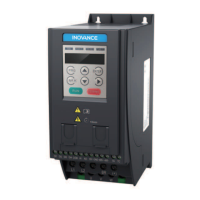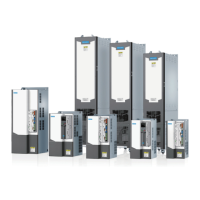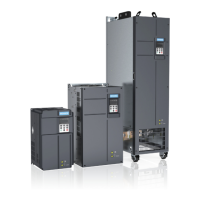Function Application
‑625‑
frequency signals of the main traction motor, respectively. When the open‑loop
tension reference and tension sensor closed‑loop regulation mode is used, the torque
of friction and inertia compensation can be set as needed.
When a tension sensor is used to control tension of elastic materials, the closed‑loop
tension control mode can also be used.
3.6.4 Closed-loop Speed Control
In this mode, a swing rod (floating roller) or tension sensor is used to upload material
tension. The output frequency of the AC drive is regulated in the closed‑loop mode to
ensure stable swing rod position or constant tension. The tension is controlled by
linear speed synchronous frequency and PID closed‑loop frequency. This mode is
applicable to scenarios where the speed can be adjusted, such as the scenario where
the system has an swing rod for pre‑charge or the material can be pulled and
stretched.
Figure 3‑72 Application of closed‑loop speed control
As shown in the preceding figure, when the winding machine works in closed‑loop
speed control mode, two AI signal channels receive potentiometer signals of the
swing rod position and running frequency signals of the main traction motor,
respectively. The roll diameter is calculated based on linear speed mode. The target
frequency is updated according to the following: the linear speed synchronous
frequency calculated based on the linear speed and the roll diameter, and the
frequency regulated based on the feedback closed loop of swing rod position.
The general‑purpose AC drive supports main frequency + PID as the frequency source.
In tension control mode, the roll diameter is calculated in real time to facilitate
matching between the main frequency and linear speed. Therefore, the tension
control stability and speed are improved.

